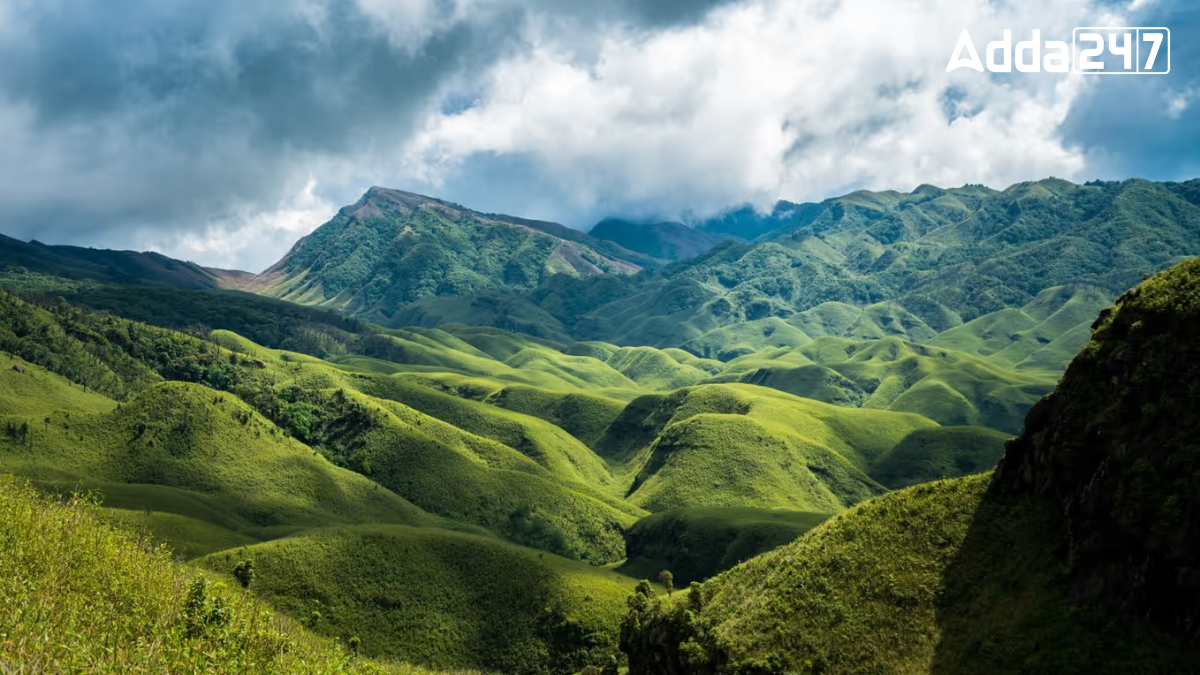The Northeast region of India, known for its stunning landscapes and rich cultural diversity, comprises eight states. This region is characterized by lush mountains, rolling hills, and vibrant valleys, along with a unique blend of ethnic groups and traditions. Its natural beauty and cultural heritage make Northeast India a captivating destination for travelers and a crucial part of the country’s identity.
Overview of Northeast India
Northeast India, officially known as the North Eastern Region (NER), is the easternmost part of India, serving as both a geographic and political administrative division. This region includes eight states: Arunachal Pradesh, Assam, Manipur, Meghalaya, Mizoram, Nagaland, and Tripura—collectively known as the “Seven Sisters”—along with Sikkim, often referred to as the “brother” state.
Area and Connectivity of Northeast India
The total area of the Northeast region is approximately 262,184 square kilometers (101,230 square miles), making up about 8 percent of India’s total landmass. The Siliguri Corridor plays a crucial role in connecting Northeast India to the rest of mainland India.
Highest Peak of Northeast India
The highest peak of Northeast India is Kanchenjunga, standing at 8,598 meters (28,209 feet). Located in Sikkim near the Nepal border, it is the third highest mountain in the world, renowned for its breathtaking beauty and significant cultural heritage.
Height of Kanchenjunga, the Highest Peak of Northeast India
Kanchenjunga is not only the highest peak in Northeast India but also the third highest in the world. Located in the northwestern part of Sikkim, near the Nepal border, it reaches an impressive height of 8,598 meters (28,209 feet).
Local Name in Nepal
In Nepal, Kanchenjunga is known as “Kumbhakarna Langur,” reflecting the mountain’s cultural significance beyond its geographical presence.
Geographical Features of Kanchenjunga, the Highest Peak of India
Kanchanjunga is a colossal mountain with distinct arms extending to the north, south, east, and west. Its various peaks are interconnected by four major mountain passes, allowing glaciers to flow through. These glaciers include Jemu (northeast), Talung (southeast), Yalung (southwest), and Kanchanjunga (northwest).




 Which Country is Known as the Land of Ch...
Which Country is Known as the Land of Ch...
 Which Bird is known as the King of Birds...
Which Bird is known as the King of Birds...
 Which City of Austria is Known as the Ci...
Which City of Austria is Known as the Ci...







